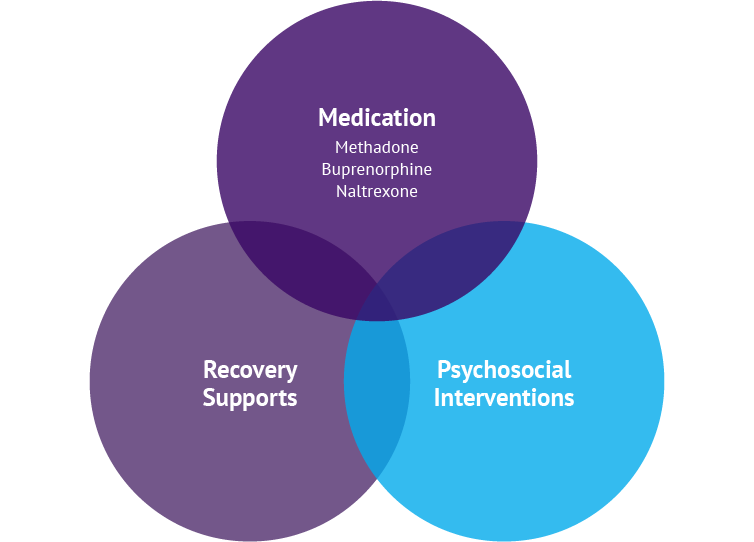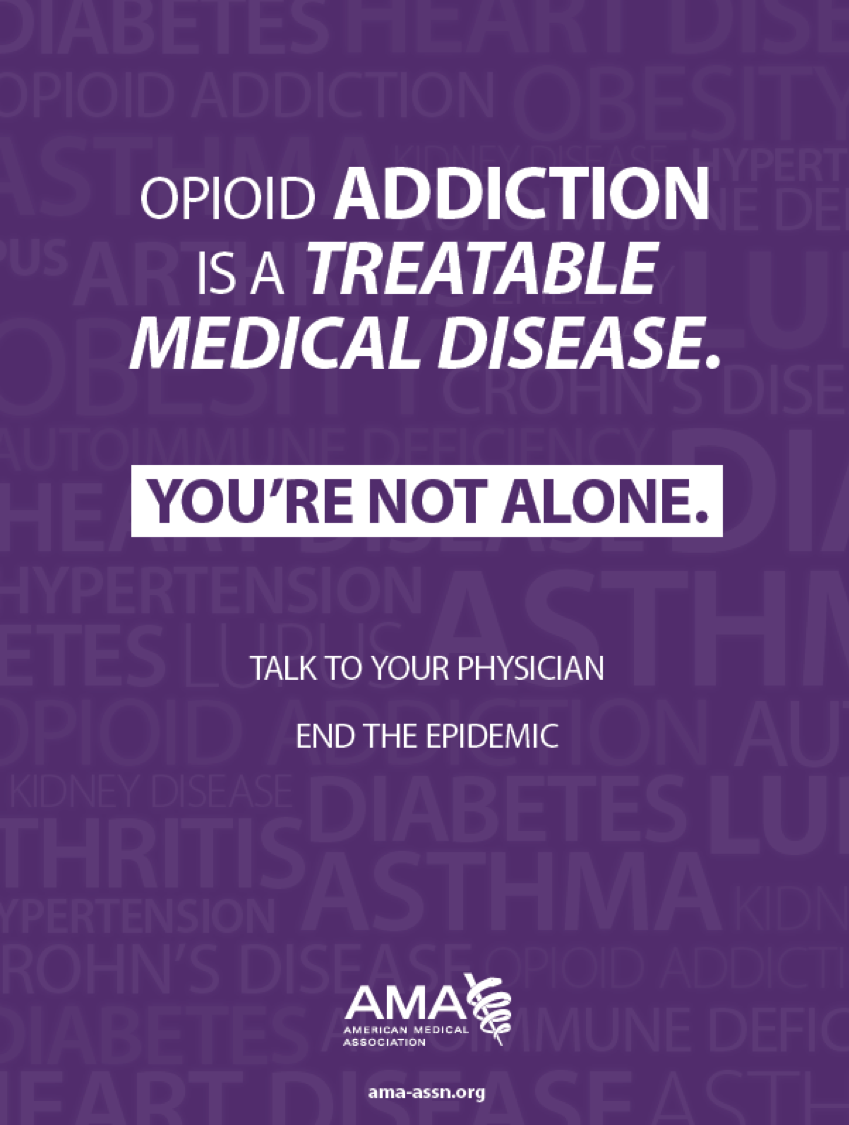How can physician work to combat substance use and substance use disorder stigma?
- Use clinically accurate language and terms around substance use disorder-diagnosis, symptoms, and recovery status.
- Use person first language-a “person with substance use disorder” as opposed to “addict.”
- Seek training and continuing education on the neuroscience of addiction as well as assessing and treating this chronic disease.
- Recognize that not all use of drugs and alcohol constitute addiction.
- Recognize conscious and unconscious bias or stigmatizing messages that get perpetuated in medical settings.
“Unfortunately, we still have a lot of people who think that people who have substance use disorders have character flaws, or that having an addiction is a moral failing. It is not. It is a brain disorder resulting in a chronic medical condition analogous to other chronic diseases like type 2 diabetes and high blood pressure. We have to do whatever we can to reduce stigma.”
-Dr. Patrice Harris, AMA President
What is effective treatment?


Resources
AMA resource: mental health and substance use disorder parity
ARC Issue Brief: support medical criteria for medical necessity determinations for mental health and substance use disorders.
AMA summary of MHPAEA final rule
On September 9, 2024, the U.S. Departments of Labor, Health and Human Services, and Treasury released a final rule implementing the Mental Health Parity and Addiction Equity Act (MHPAEA). The 513-page rule includes numerous provisions strongly supported by the AMA and represents an opportunity for state legislatures and departments of insurance to strengthen their own parity laws.